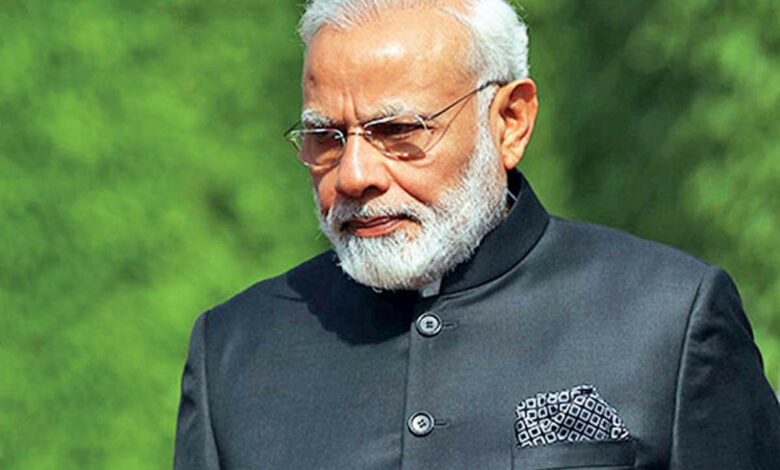India to play the role of a global growth engine in the upcoming 5 years, says PM Narendra Modi

India to play the role of a global growth engine, says PM Narendra Modi
On Thursday, prime minister Narendra Modi welcomed prominent worldwide financial specialists to be essential for India’s development story, saying the nation has frameworks and organizations with high natural, social, and administration (ESG) score.

The PM said his administration needs India’s economy to be a massive supporter of worldwide development. “A solid and dynamic India can add to the adjustment of the world financial request. We will take the necessary steps to make India the driving force of worldwide development resurgence,” PM Modi said, following the Virtual Global Investor Roundtable 2020.

Prominent worldwide financial specialists, including benefits assets and sovereign abundance assets over the world, participated in the meeting.
The PM featured India’s capability to draw in interests in different areas. “Today, financial specialists are moving towards organizations, which have a high ECG score, and India as of now has frameworks and organizations which rank high on this. India has faith in following the way of development with the equivalent spotlight on ESG,” Modi said.
The meeting focused on conversations around India’s financial and speculation standpoint, auxiliary changes, and the administration’s vision to make the nation a $5-trillion economy.

During the discourse, sources stated that financial specialists demonstrated trust in the Indian economy and expected to put resources into long haul resources. Nonetheless, they raised issues concerning the enforceability of foundation contracts and the expense and time caused.
Financial specialists figured out how to have requested a question goal system to manage matters identified with infra contracts. “The services concerned were approached to aggregate all the objections and issues of unfamiliar financial specialists got in the previous six years. The PM needs every one of them to be explored and tended to in the following fourteen days when he will have one-on-one cooperations with every financial specialist,” said an administration official.
To draw in long haul speculation, the PM discussed four Ds — vote based system, demography, request, and variety. He said, “such as India’s variety that you get different business sectors inside one market.” These accompany different pocket sizes, inclinations, and levels of advancement.
To address the top worldwide honchos issues, India is being spoken to by Finance Minister Nirmala Sitharaman, Reserve Bank of India Governor Shaktikanta Das, top business pioneers, controllers, and senior civil servants.

The PM referred to late horticultural changes, saying these measures opened up new energizing prospects to cooperate with India’s ranchers. With the assistance of innovation and current preparing arrangements, India will before long rise as a farming fare center.
He told the speculators that India fits in all boundaries to be a favored country for them. “If you need back with dependability, India is the spot to be. On the off chance that you need an interest in vote based system, India is the spot to be. If you need security with maintainability, India is the spot to be. On the off chance that you need development with a green methodology, India is the spot to be,” the PM said.
On the worldwide pandemic, the leader adulated the Indians’ attributes. “We are known for an awareness of certain expectations, a feeling of sympathy, public solidarity, and the flash of advancement.”
“India has indicated noteworthy versatility in this pandemic, be it battling the infection or guaranteeing financial solidness,” he said.
This flexibility, Modi stated, is driven by the quality of frameworks, backing of individuals, and dependability of arrangements.
The PM said India’s offered to become Aatmanirbhar was a dream and an all-around arranged financial system. “We intend to utilize the abilities of our organizations and aptitudes of our laborers to make India a worldwide assembling force to be reckoned with,” he said.




